In the vibrant world of Pakistani fashion, hand embroidery holds a special place, reflecting the rich cultural heritage and exquisite craftsmanship of the region. From intricate threadwork to dazzling embellishments, hand-embroidered dresses showcase the artistry and skill of Pakistani artisans. In this blog, we’ll delve into the fascinating world of hand embroidery dress designs in Pakistan, exploring the techniques, motifs, and trends that make them so unique and beloved.
The Art of Hand Embroidery in Pakistan
Hand embroidery has been an integral part of Pakistani culture for centuries, with techniques passed down through generations of skilled artisans. Traditionally, embroidery was done by hand using a needle and thread, with each stitch meticulously crafted to create intricate patterns and designs. Today, while modern technology has introduced machine embroidery, hand embroidery remains highly valued for its authenticity and craftsmanship.


Types of Hand Embroidery Techniques
In Pakistan, several traditional hand embroidery techniques are used to adorn dresses and fabrics. Some of the most popular ones include:
Kashmiri Embroidery: Originating from the Kashmir region, this intricate embroidery style features delicate floral motifs, often worked in fine silk threads. The stitches used include chain stitch, satin stitch, and the famous Kashmiri hook stitch, creating a raised effect on the fabric.


Zardozi Embroidery: Known for its opulence and grandeur, Zardozi embroidery involves the use of metallic threads, beads, and sequins to create elaborate designs. This technique is commonly seen on bridal wear and formal dresses, adding a touch of luxury and glamour.


Resham Embroidery: Resham, or silk, embroidery is characterized by the use of silk threads to create vibrant and colorful designs. This technique is versatile and can be used to create intricate patterns, geometric shapes, or floral motifs, depending on the designer’s vision.


Mirror Work: Popular in the Sindh region, mirror work embroidery involves attaching small pieces of mirror to the fabric using colorful threads. This technique adds sparkle and dimension to the garment, making it ideal for festive occasions and celebrations.


Popular Hand Embroidery Dress Designs
Hand-embroidered dresses come in a wide variety of designs, catering to different tastes and preferences. Some of the most popular designs include:
Chikankari: Originating from the Indian subcontinent, Chikankari is a delicate embroidery style characterized by its white-on-white threadwork. This elegant and timeless design is often seen on formal and semi-formal wear, adding a touch of sophistication to the outfit.


Phulkari: Hailing from the Punjab region, Phulkari embroidery features colorful floral motifs worked in a combination of silk and cotton threads. This vibrant and eye-catching design is commonly used on dupattas, shawls, and sarees, making them perfect for festive occasions.


Aari Embroidery: Aari embroidery, also known as tambour embroidery, is done using a hooked needle, which allows for intricate and elaborate designs. This technique is often used on bridal wear and formal dresses, creating a luxurious and ornate look.
Mukaish Work: Mukaish embroidery involves adding small pieces of metal to the fabric using tiny stitches, creating a shimmering effect. This technique is commonly used on traditional Pakistani outfits like shalwar kameez and dupattas, adding a touch of elegance and sparkle.
Read Also Pakistani Designer Dresses in Dubai.
Trends in Hand Embroidery Dress Designs
In recent years, there has been a resurgence of interest in hand embroidery dress designs in Pakistan, with designers incorporating traditional techniques into contemporary silhouettes. Some of the latest trends include:
Modern Silhouettes: Traditional hand embroidery techniques are being used to embellish modern silhouettes like crop tops, trousers, and jackets, giving them a unique and stylish twist.
Mixing Textures: Designers are experimenting with combining different embroidery techniques and textures to create visually stunning and dynamic designs.
Sustainable Fashion: With a growing emphasis on sustainability, hand-embroidered dresses made from organic fabrics and eco-friendly threads are gaining popularity among environmentally-conscious consumers.
Customization: Many designers offer customization options, allowing customers to personalize their hand-embroidered dresses with their choice of colors, motifs, and embroidery styles.
Brands having Hand Embroidered Dresses
Elan:
Elan is renowned for its exquisite hand-embroidered dresses that epitomize luxury and elegance. Their collections feature intricate threadwork, sequins, and bead embellishments, showcasing the brand’s commitment to craftsmanship and quality.


Sana Safinaz:
Sana Safinaz is known for its contemporary yet traditional hand-embroidered designs. Their collections often feature delicate floral motifs and intricate patterns, meticulously crafted by skilled artisans.


Maria B:
Maria B is a popular choice for hand-embroidered dresses, offering a blend of traditional and modern designs. Their collections include vibrant colors, rich fabrics, and fine embroidery, making each outfit a masterpiece.


Farah Talib Aziz:
Farah Talib Aziz specializes in elegant and sophisticated hand-embroidered dresses. With a focus on intricate detailing and exquisite craftsmanship, her designs exude timeless beauty and charm.


Zara Shahjahan:
Zara Shahjahan’s hand-embroidered dresses are known for their romantic and feminine aesthetic. Her collections often feature soft pastel colors, delicate motifs, and intricate threadwork, creating ethereal and dreamy outfits.


Élan Luxury Pret:
Élan Luxury Pret offers hand-embroidered dresses that exude opulence and grace. Their collections feature a mix of traditional and contemporary designs, with intricate embellishments and exquisite craftsmanship.
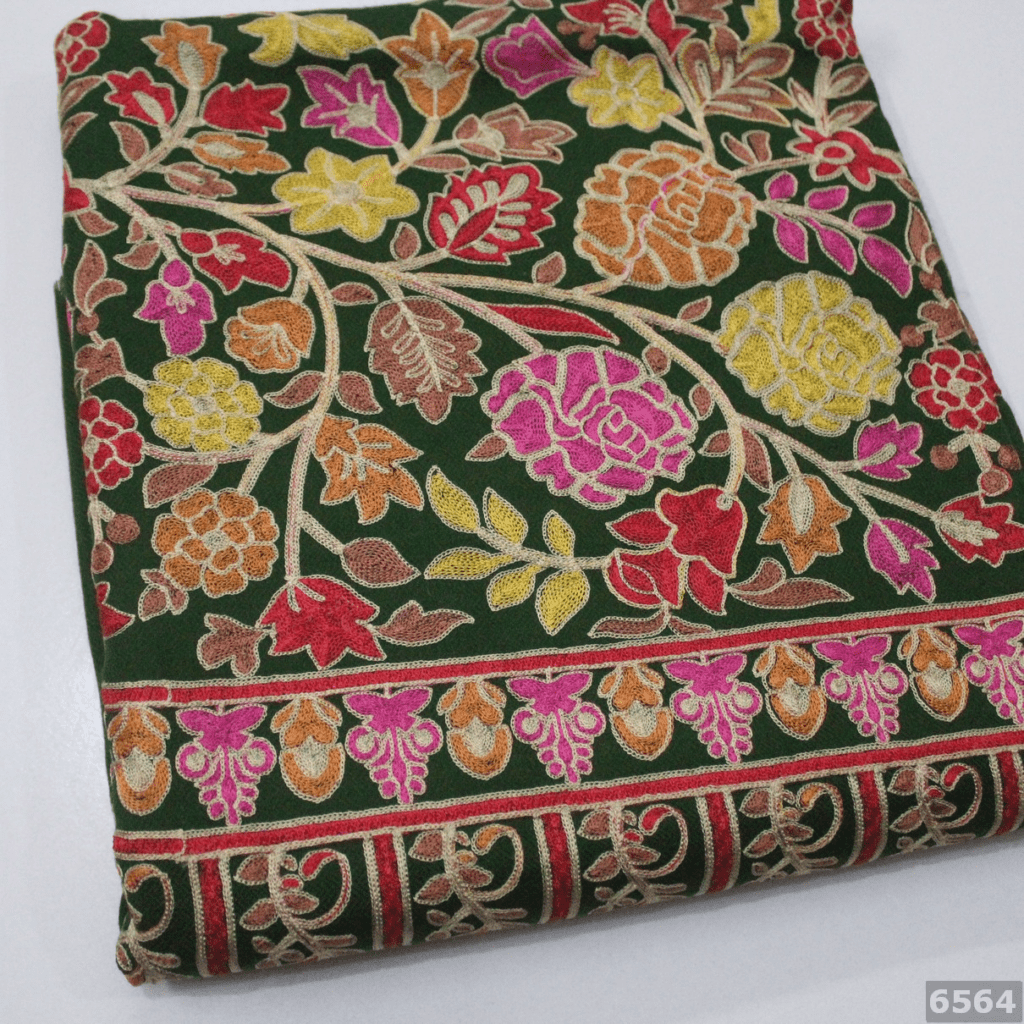

Qalamkar:
Qalamkar specializes in hand-embroidered dresses inspired by Pakistani culture and heritage. Their collections showcase traditional motifs and techniques, beautifully translated into modern silhouettes.
The Republic by Omar Farooq:
The Republic by Omar Farooq offers hand-embroidered dresses for both men and women. Their collections feature bold designs, intricate patterns, and impeccable craftsmanship, reflecting the brand’s commitment to quality and style.


Rungrez:
Rungrez is known for its vibrant and colorful hand-embroidered dresses. Their collections feature a fusion of traditional and contemporary designs, with intricate threadwork and embellishments that add a touch of glamour.
In Conclusion
Hand embroidery dress designs in Pakistan are not just garments; they are works of art that celebrate tradition, craftsmanship, and culture. Whether it’s a beautifully embroidered bridal outfit, a chic party dress, or an elegant formal ensemble, hand-embroidered dresses add a touch of luxury and sophistication to any wardrobe. With their timeless appeal and exquisite detailing, these dresses continue to captivate fashion enthusiasts around the world, showcasing the beauty and creativity of Pakistani craftsmanship.
FAQs
Hand-embroidered dresses require a significant amount of time and effort to create, depending on the design’s complexity and the artisan’s skill. On average, completing a single dress can take a few weeks to several months.
Hand-embroidered dresses are typically more expensive than their machine-embroidered counterparts due to the labour-intensive nature of the craft and the high level of skill involved. The price can vary depending on factors such as the intricacy of the design, the quality of materials used, and the designer’s reputation.
Hand-embroidered dresses require special care to preserve their beauty and integrity. It’s recommended to hand wash them using mild detergent and cold water, avoiding harsh chemicals and agitation. Lay the garment flat to dry, and store it in a cool, dry place away from direct sunlight to prevent damage to the embroidery.

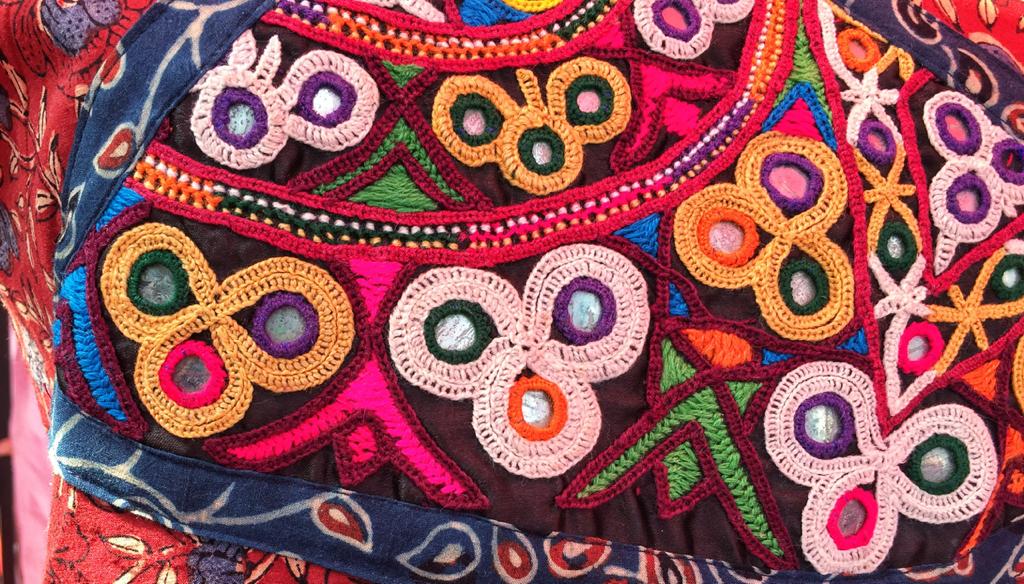
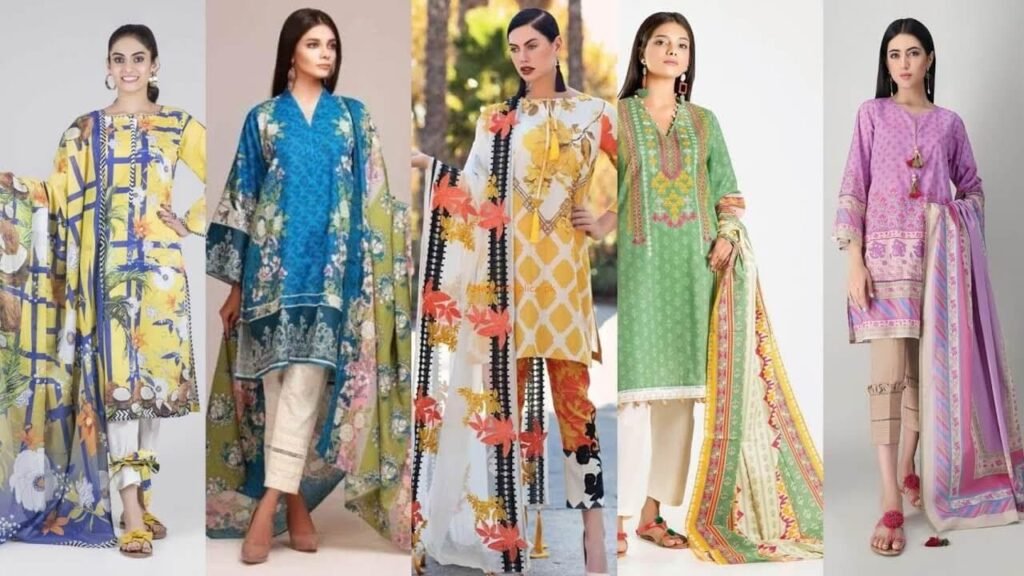
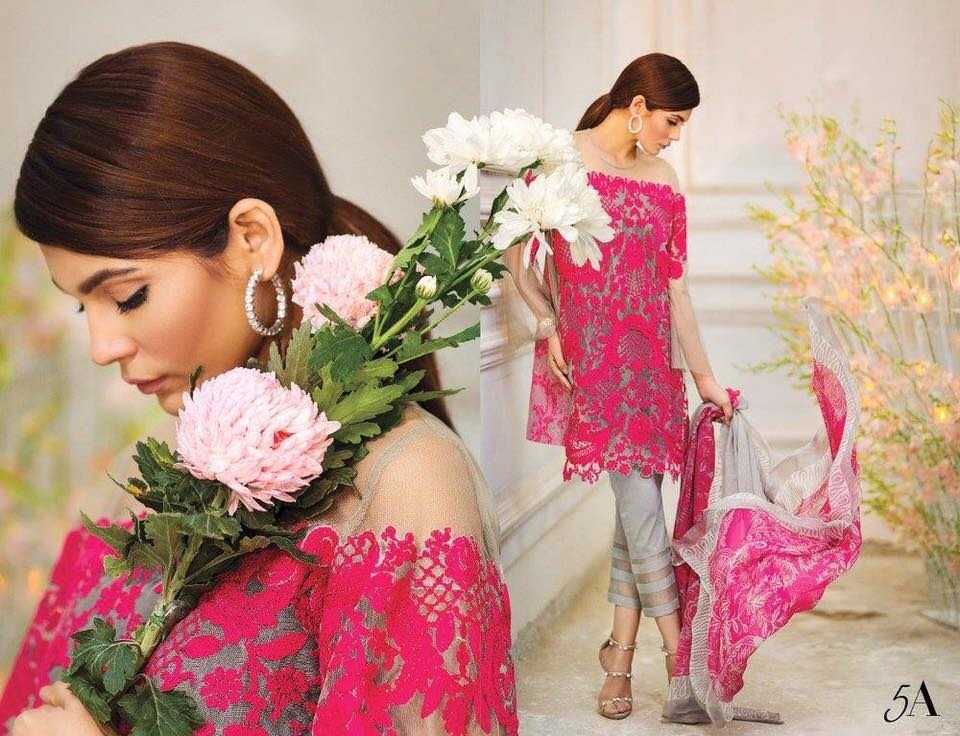
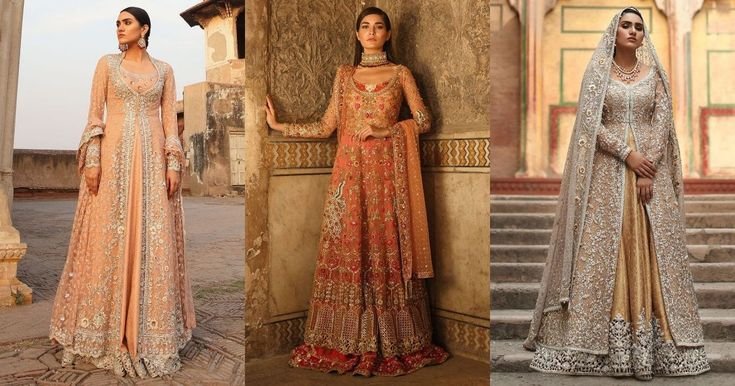
One Comment